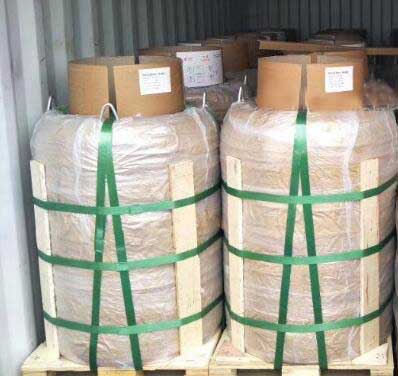Welding Factory Specializing in Stick, MIG, and TIG Techniques for Quality Metal Fabrication
The Evolution and Impact of Stick, MIG, and TIG Welding in Modern Manufacturing
Welding, a fundamental process in metal fabrication, encompasses a variety of techniques that cater to different applications, materials, and industries. Among these techniques, Stick (SMAW), MIG (GMAW), and TIG (GTAW) welding stand out as the most widely used methods, each possessing unique characteristics and advantages. In the context of factories and manufacturing facilities, understanding these welding techniques is crucial for optimizing production and maintaining quality standards.
Understanding the Welding Techniques
Stick Welding (SMAW), or Shielded Metal Arc Welding, is one of the oldest and most versatile welding methods. It employs a consumable electrode coated in flux to produce the weld. When the electrode is struck against the workpiece, an arc is created that melts both the electrode and the base metal, allowing them to fuse. This technique is particularly useful in outdoor settings or for welding thick materials due to its portability and ability to work in challenging conditions. Factories that deal with heavy machinery or structural steel often rely on stick welding for its robustness and simplicity.
MIG Welding (GMAW), or Gas Metal Arc Welding, revolutionized the welding landscape by introducing a more efficient and faster method. It utilizes a continuously fed solid wire electrode and a shielding gas to protect the weld pool from contamination. The process allows for higher deposition rates, making it suitable for high-volume production environments. MIG welding is favored in industries where speed and efficiency are paramount, such as automotive manufacturing and general fabrication. Factories employing MIG welding benefit from the reduced labor time and improved productivity associated with this technique.
TIG Welding (GTAW), or Gas Tungsten Arc Welding, is known for producing high-quality welds with exceptional precision. This method requires a non-consumable tungsten electrode and a separate filler material, allowing for intricate and clean welds on thinner materials. TIG welding is commonly used in applications requiring meticulous attention to detail, such as aerospace and medical device manufacturing. While slower than MIG and stick welding, the superior control and cleanliness make TIG the preferred choice for critical applications where the integrity of the weld is paramount.
stick mig and tig welding factory

The Impact on Manufacturing
The integration of stick, MIG, and TIG welding in manufacturing facilities has had a significant impact on production capabilities. Each technique serves its niche, allowing factories to specialize in various aspects of metal fabrication. For instance, a factory that specializes in heavy machinery may predominantly use stick welding to handle the thick materials involved, while a facility focused on high-volume automotive parts may favor MIG welding for its speed and efficiency.
Moreover, the choice of welding technique can affect the overall quality of the final product. With advancements in welding technology, modern factories can employ automated and semi-automated systems to enhance precision and consistency in welds. The ability to switch between different welding methods also allows manufacturers to adapt quickly to changing project requirements, ensuring flexibility in production.
Conclusion
As the manufacturing industry continues to evolve, the role of stick, MIG, and TIG welding remains crucial. Each technique provides unique benefits that, when utilized effectively, can lead to improved operational efficiency and higher quality products. Understanding the distinctive characteristics and applications of these welding methods enables factories to optimize their processes, reduce costs, and maintain a competitive edge in the market.
In today's fast-paced world, where efficiency and precision are paramount, factories that embrace the diverse capabilities of stick, MIG, and TIG welding will undoubtedly lead the charge in innovation. By investing in the right technology and training, manufacturers can enhance their welding operations and contribute to the advancement of the industry as a whole.
-
E312 Welding Electrode - High Corrosion Resistance & All-Purpose UseNewsJul.20,2025
-
Best MIG Welding No Gas Flux Core Solution – Easy, Portable & Clean WeldingNewsJul.08,2025
-
7018 Welding Rod 3/16 - High Strength, Low Hydrogen Electrodes Wholesale 3/32 Welding Rod 7018 Suppliers & China 7018 AC Welding Rod FactoryNewsJul.08,2025
-
High Quality MIG Aluminium Welding Wire - Wholesale Factory Prices from China SuppliersNewsJul.07,2025
-
High-Quality Gasless Aluminum Welding Wire China Gasless Aluminum MIG Wire SupplierNewsJul.07,2025
-
High Quality Ordinary Welding Rod for Pipes – Reliable China Welding Rod 7016 SupplierNewsJul.06,2025


